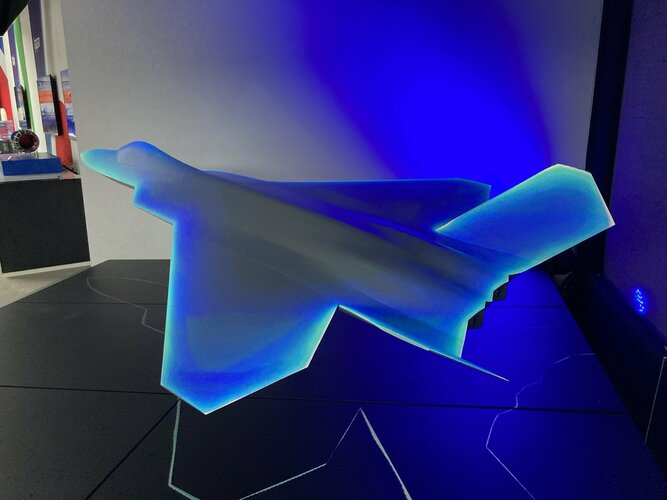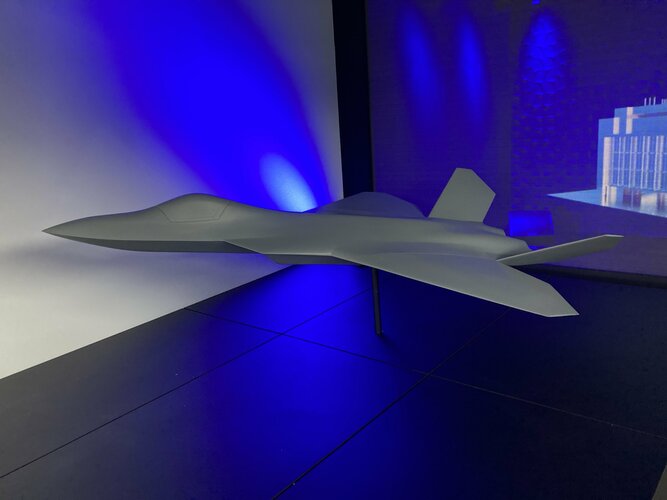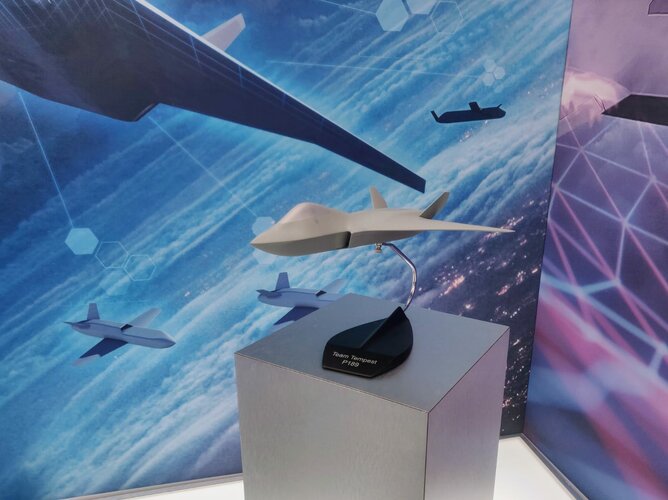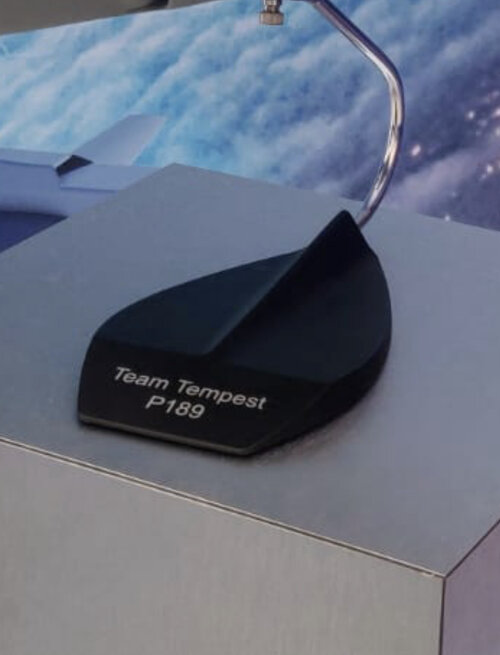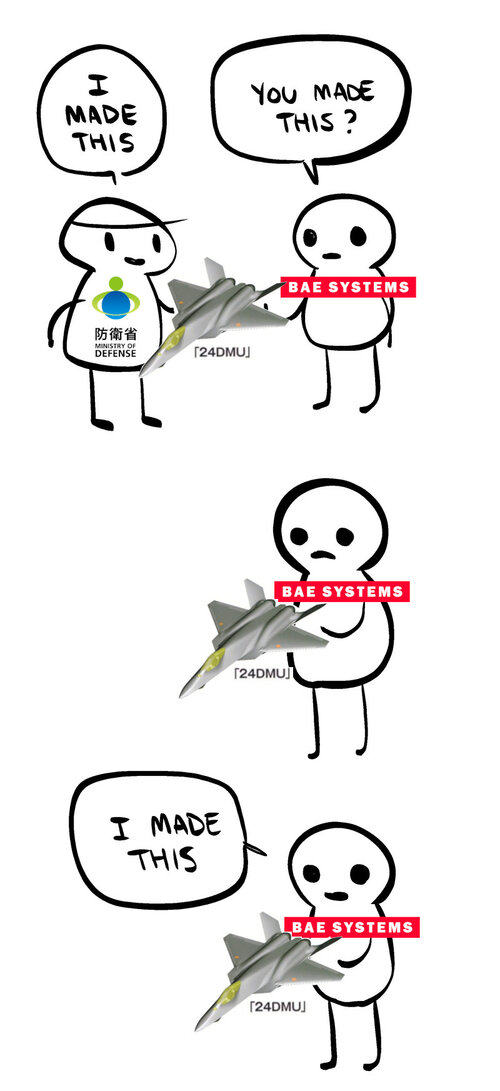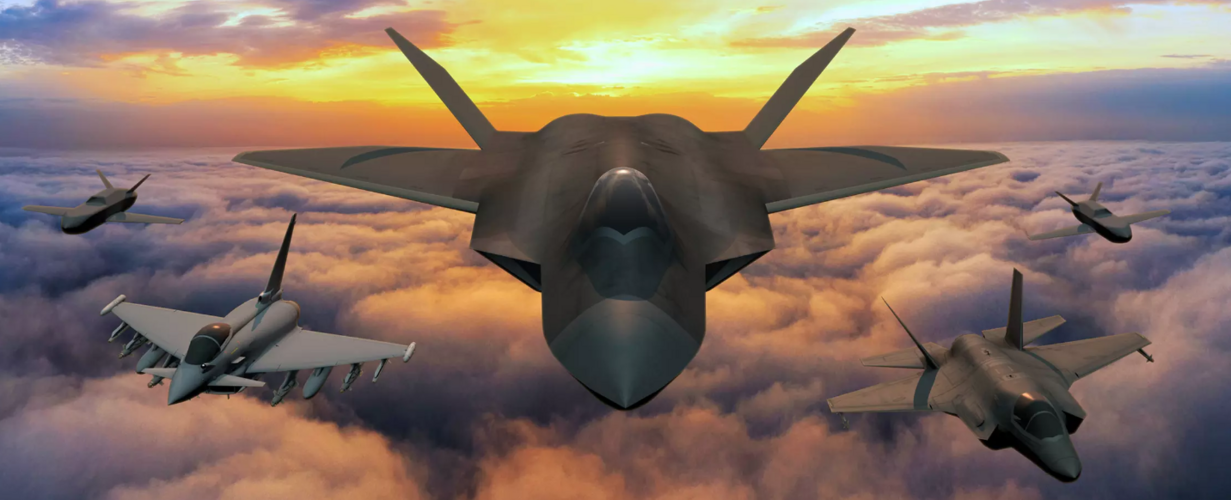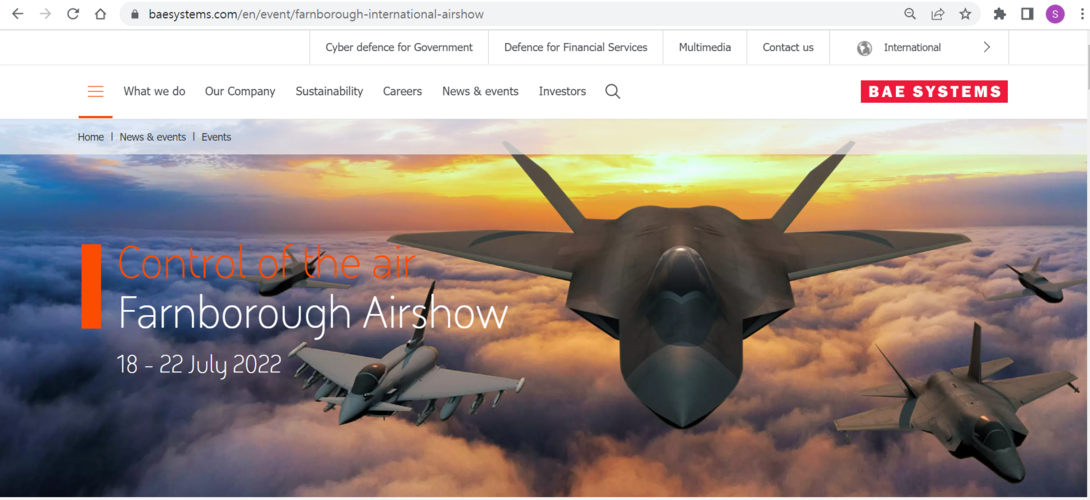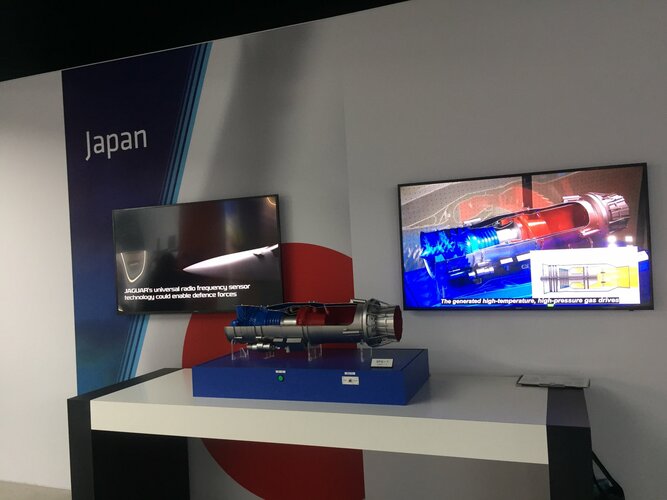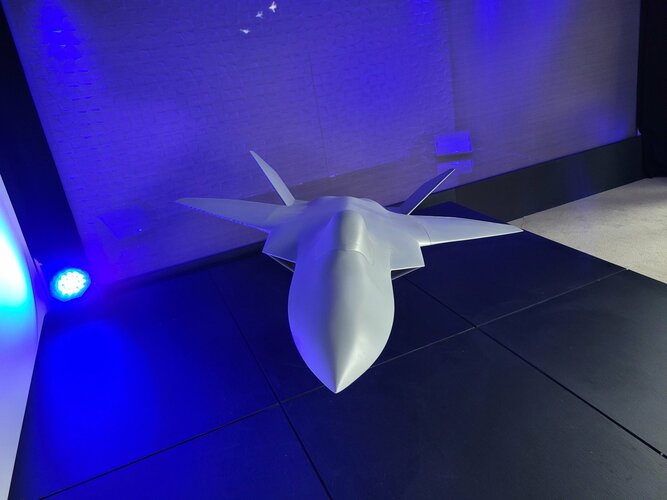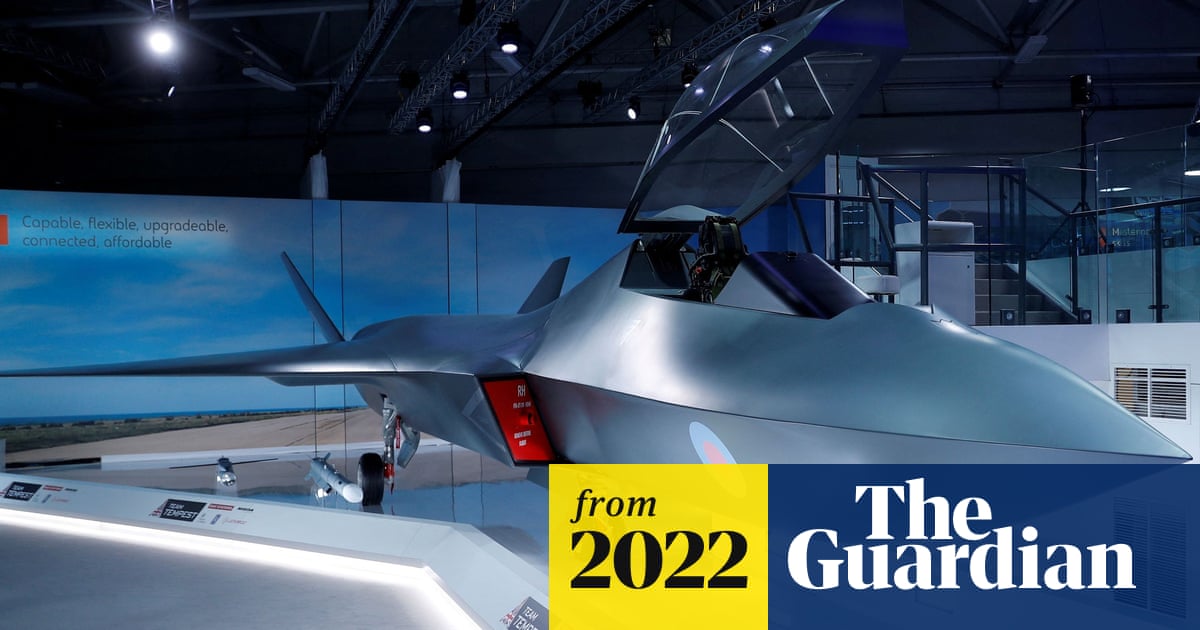Britain to fly new Tempest demonstrator within five years.
Blah!
Well its looked better than the original mockup so that's a step in the right direction.
I'm wondering what advantages a Tempest would actually bring if it arrives in 2035? Is it going to be stealthier than an F-35? Is it going to have decisively better avionics that the latest Typhoon upgrades?
We've not heard anything much on the radar and weapons systems, though the Japanese version seems a little firmer in this regard.
But I don't doubt now this will go ahead - Japan is a serious partner was wants a 6th Gen fighter. If all goes well with system and engine development in the demonstrator I don't see why Sweden and Italy would not want to get on board if there is a good enough workshare for them (certainly better scope than the crowded SCAF workshare).
So are LANCAs going out of fashion?
As for cancelling Mosquito for "systems that can be operationalized much more quickly" what does that mean? Presumably they want a UCAV that works with Typhoon/F-35 within the next 3-5 years. A Mosquito demonstrator was scheduled for 2023 and surely an operational version would have been ready long before 2035? The fact BAE Systems has similar models at the same show would indicate a real desire from British industry to actually get a UCAV operational. We've already spent 20 years tinkering with one-off prototypes (though if the RAF wanted Ghost Bats that wouldn't be a bad move).
Is it going to be stealthier than an F-35? Yes, it's 30 years newer, with 30 years of learning....
Is it going to have decisively better avionics that the latest Typhoon upgrades? Yes - integrated rather than federated, for starters, and with more apertures for sensors, integrated sensors (ISANKE mean anything to you?)
We've not heard anything much on the radar and weapons systems. We have, you know! Google ISANKE
Italy is a full partner and is 'on board'. Sweden wants the effectors and adjuncts and to play in the development sandpit. It probably doesn't want the core manned platform because that would kill its own industry.
There's lots of collaborative work with Japan, but no desire (on either side) to fully merge programmes.
Loyal Wingmen do seem to be going out of fashion in favour of smaller, cheaper, adaptable adjuncts and effectors. There's a great piece on the War Zone about what Lockheed is doing on this, while we've just seen the USAF cancel the Loyal Wingman for the B-21.
LANCA was too much like a Ghost Bat, too big, too expensive, too much capability, too reliant on 'more-than-just-AI' but on machine learning and neural networks that would be problematic ethically and RoE wise, even if they were mature enough to achieve what they need to and - newsflash - they're not!
Note that the MQ-25 began life as an autonomous killer drone batting out AMRAAMs and bombs, and has been confined and constrained until it's a controlled unmanned tanker. I suspect because the technology for the more exciting stuff wasn't anywhere close to being ready.
What we're seeing is a move to an FCAS system-of-systems without the hyper expensive exquisite Loyal Wingmen, but with a diverse, disruptive, distributed network of decoys, weapons, jammers, weapons carriers, dedicated ISR UAVs, stealthy penetrators, etc.

